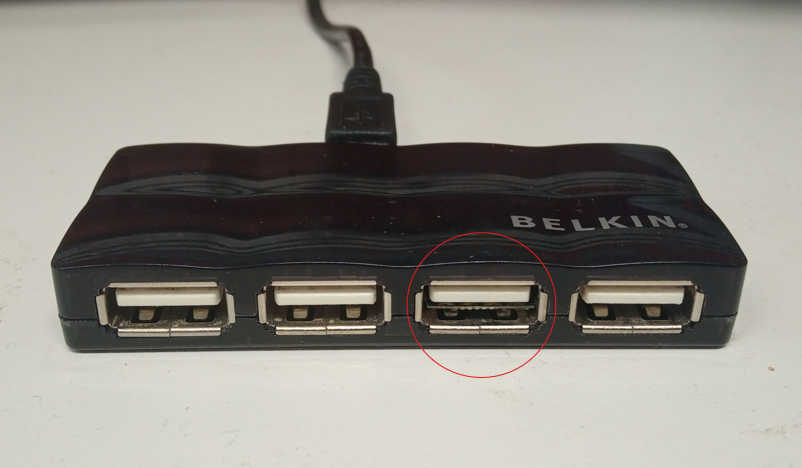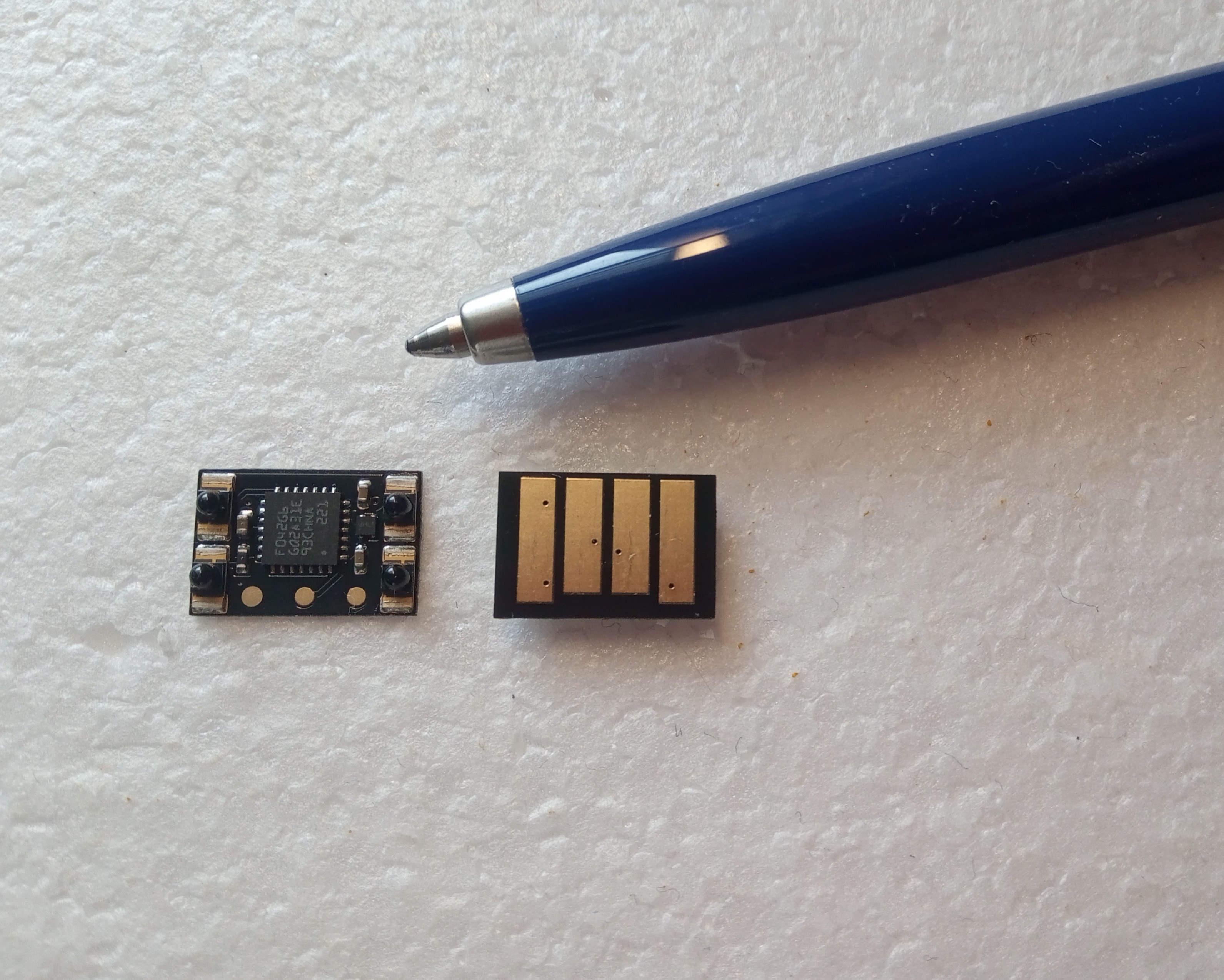Background
While researching PCB-based USB connectors, it occurred to me that there is quite a lot of empty space inside a USB-A port - around 12x8x2.5mm in fact! This is more than enough to accommodate a small microcontroller and associated components. And so the idea of Hidden HID was born - a USB device that fits entirely inside the port, with the components on the bottom side of the PCB, opposite the contacts.






Any chance of getting the Gerbers/etc?